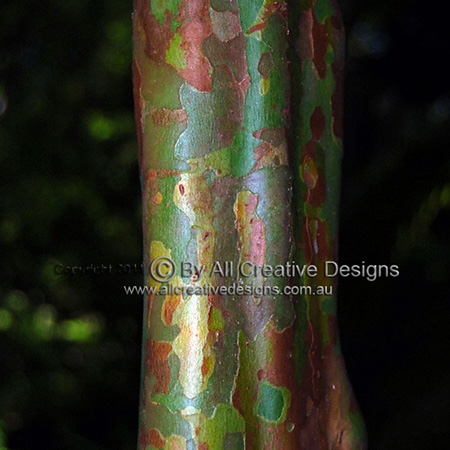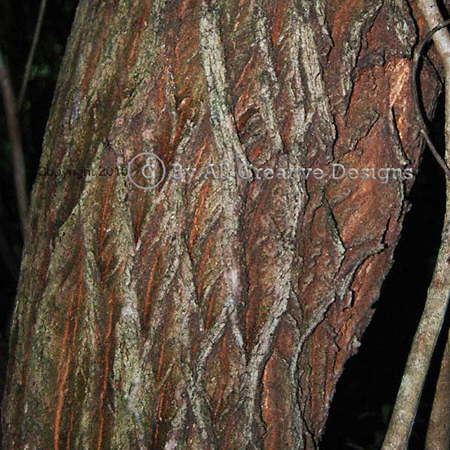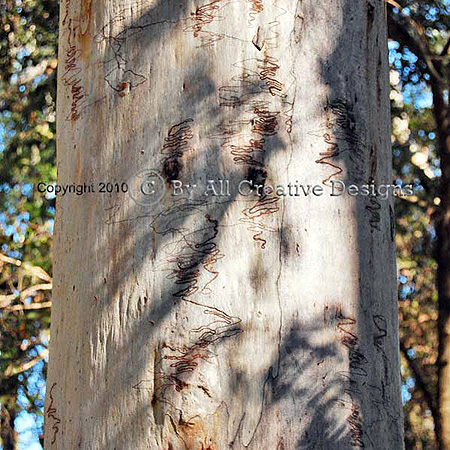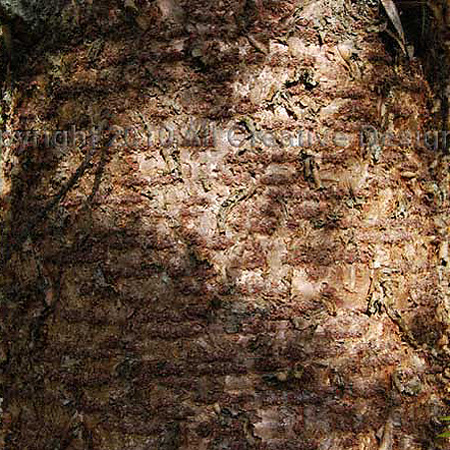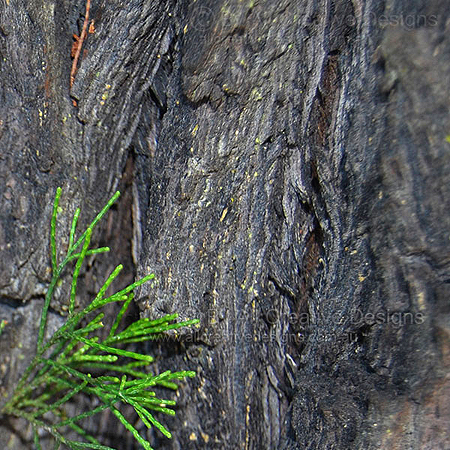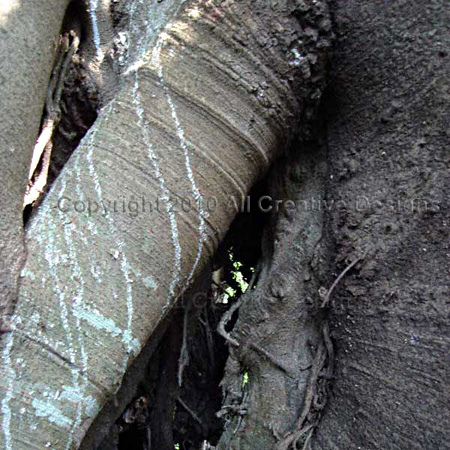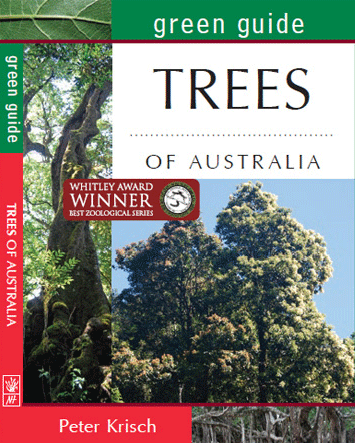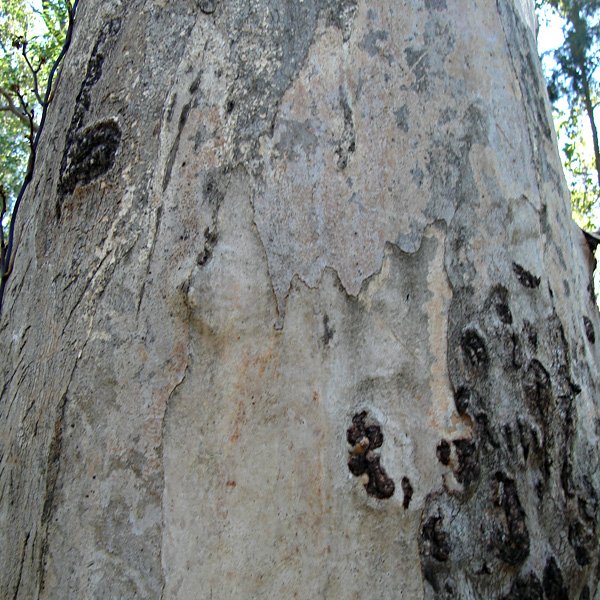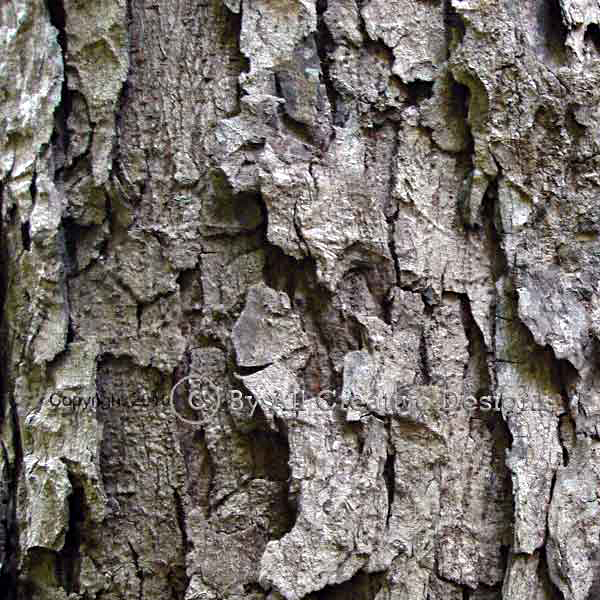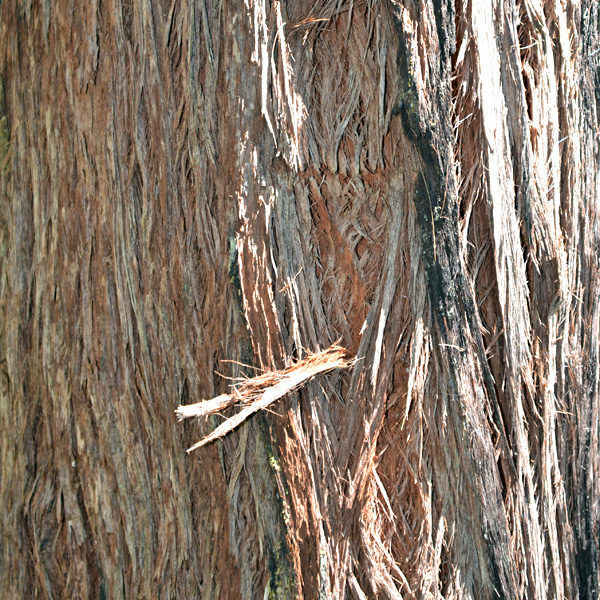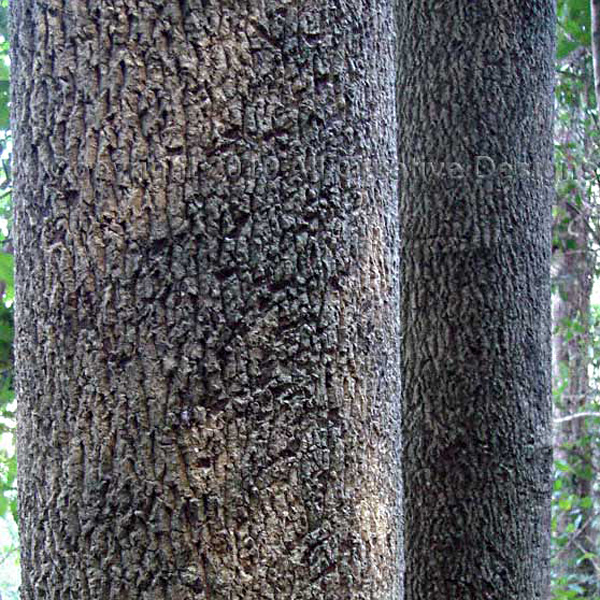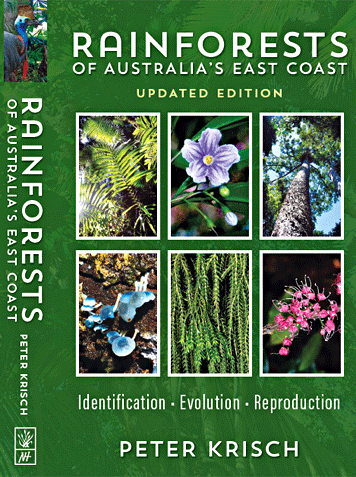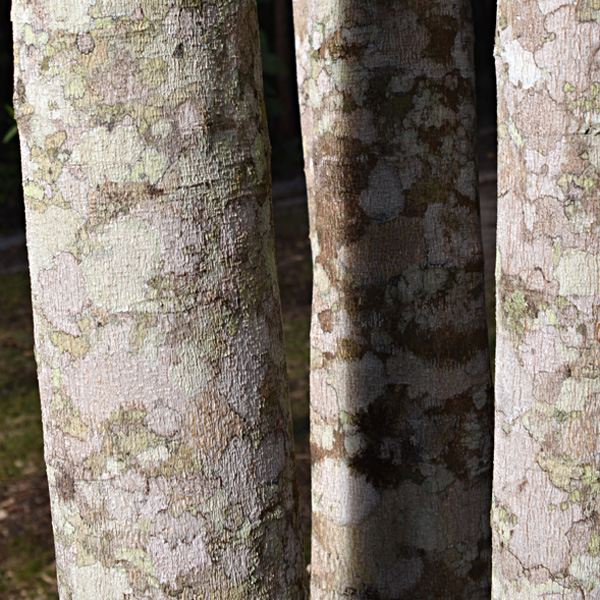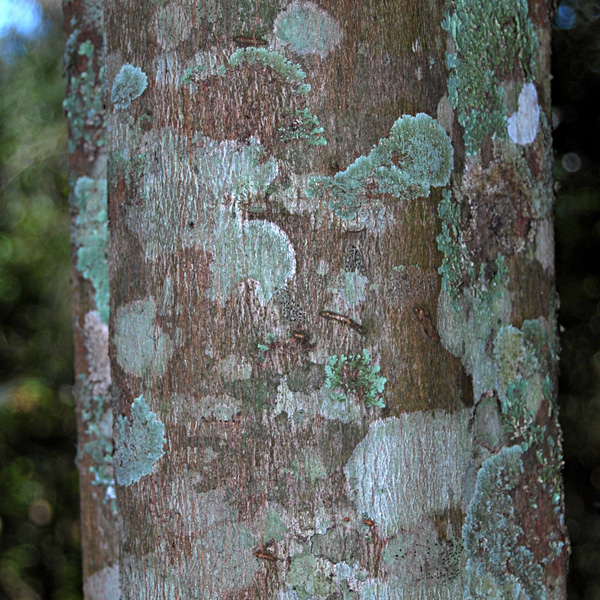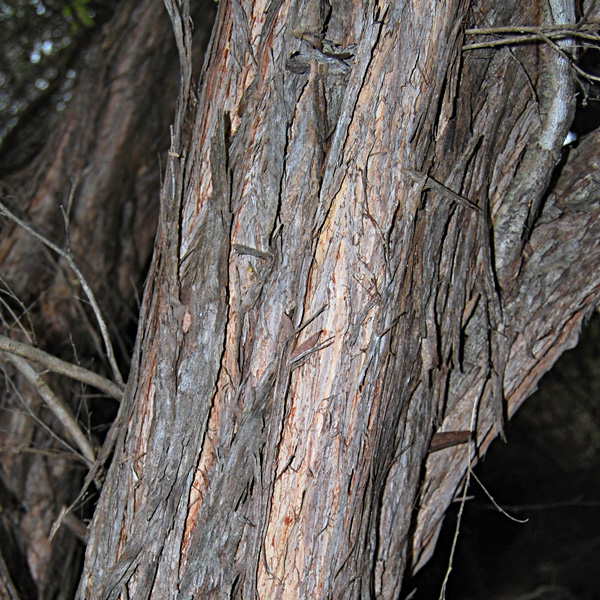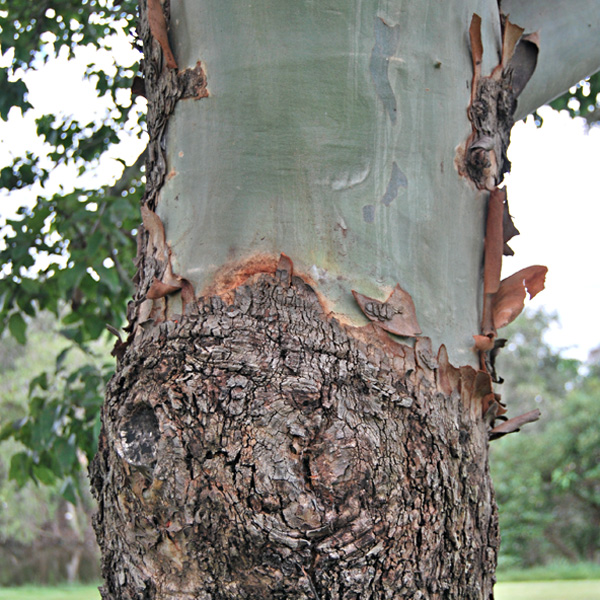
< Expand the Menu to access our Tree Identification Pages
Using Bark Characteristics in the Identification of Australian Tree Species
This web page describes different bark types to assist in the identification of native Australian tree species. The permanent presence and easy accessibility of bark is an advantage when using bark features in classification. With some exceptions, bark features should be matched with other vegetative characteristics, such as leaf and fruit characteristics, in order to correctly identify a native tree or shrub in its natural habitat. Using detailed illustrations, pictures and a comprehensive language the different attributes of bark are explained on the web page below. (Last updated February 2024)
We hope to raise the awareness to the high conservation value of remaining old growth forests in Australia.
Descriptions, photos and illustrations copyright ©2024 by www.allcreativedesigns.com.au world wide rights reserved.
Click or Tap Images for Full Size View
Bark Colour & Visual Appearance
For a limited number of trees, bark colour alone can be a reliable identification characteristic. But in many instances, bark colour can greatly vary and is dependent on factors such as the age of the specimen and moisture content present. Furthermore, bark often goes through a colour transformation throughout its development (aging) and before shedding (1). Visual clues include unique criss-cross pattern (2), scribbles caused by insects (3), horizontal banding (4), fissures (5), vertical or horizontal ridges, wrinkles (6), scrolls, burls, the presence of lenticels (small rounded wart-like protrusions) and scales. If scales have a roughly square-shaped appearance, the bark type is referred to as being tessellated. Evidence of white or yellow sap (7), a typical trait of Fig Trees (Ficus spp.) or resin (kino) excreted from the bark of Bloodwood Trees (Corymbia spp.) (8) are helpful identification features. The presence of crust forming lichen can obscure colour and appearance of bark.
green guide TREES OF AUSTRALIA
How to recognise Australian tree families and genera.
A practical field guide to the identification of native species. More than 200 full colour photographs and detailed descriptions explaining leaf, bark, flower, fruit and other tree characteristics. The guide was written and illustrated by the author of these web pages.
New Holland Publishers: January 2016
Format: Paperback with PVC
Pages: 128 pp.
Size: 13 cm wide x 18 cm high
First Edition, Hand Signed Copies
CLICK HERE FOR MORE INFORMATION Bark Texture & Consistency
Bark texture ranges from the very smooth (polished-like) to the sharp roughness of tessellated (scaly) or fissured surfaces. A finely rough texture is referred to as granular. The term fissured relates to finer cracks, whereas being furrowed depicts wider grooves. The description stringy is used for bark that has a fibrous (rough rope-like) quality and can be pulled apart into strings. The aptly named Stringybarks (Eucalyptus spp.) are good examples. The quality of being flaky and papery is a common feature for the Paperbarks (Melaleuca spp.). Bark texture often changes with age and can be considerably different on the trunk when compared to branches. Bark texture is perceived visually and by touch. From soft to very hard, consistency is perceived when bark is pressed. Terms like corky, spongy, softly fibrous, firm and very hard express degrees of consistency. These bark qualities are reflected in tree names such as Soft Corkwood (Ackama paniculata) or Ironbarks (Eucalyptus spp.), on the opposite side of the scale. Consistency can depend on moisture levels present in the bark, e. g. hard and brittle when dry, spongy and crumbly when wet.
Rainforests of Australia's East Coast, HAND SIGNED BOOKS; (Out of Stock) A practical and informative field guide to the identification of native rainforest species. More than 800 colour photographs, informative graphics, maps and detailed description of more than 300 species.
This book is a valuable information source for bushwalkers, students, gardeners and anyone with an interest in Australia’s native flora.
The book was written and illustrated by the author of the tree identification web pages.
New Holland Publishers: May 2019
ISBN: 9781925546293
Format: Paperback with PVC
Pages: 304 pp.
Size: 23 cm high x 15 cm wide
Full Colour Photography
Rainforests: Identification - Evolution - Reproduction
Dedicated photography of rainforest species including; mosses, mushrooms, lichens, slime moulds, ferns, conifers, flowering trees, climbing plants, orchids and palms enable the reader to identify commonly encountered species.
CLICK HERE FOR MORE INFORMATION
Scented Bark
A specific scent, emitted when bark is rubbed, can enable the positive identification of some tree species. This is reflected in the common naming of trees such as; the Celerywood (Polyscias elegans) (1), Onion Cedar (Owenia cepiodora) (2), Sassafras (3), the Peppermints (a group of Eucalyptus spp.) (4) and a range of other species.
Bark Thickness & Two-type Barks
With exceptions, most rainforest trees feature a thin bark that is constantly shed in small particles and doesn’t protect the vital cambium from heat exposure (1). Consequently rainforest trees are killed by a high intensity bushfire. In contrast tree species, which inhabit flammable environments, such as Eucalypts, Paperbarks (Melaleuca spp.), Bottlebrushes (Callistemon spp.) and Tea Trees (Leptospermum spp.) (2) produce a thick bark that offers protection from fires. The bark thickness of these trees increases with age, as most of the old dead bark is retained. The thickness of bark is often hard to judge, but fissures and furrows can give some indication.
Trees producing bark of different types are a common occurrence in the transition zones (ecotones) between rainforests and drier open forests. In these and other environments, which are infrequently exposed to lower intensity fires, a stocking of thick rough bark on the lower part of the trunk is sufficient in protecting the tree from damage. The upper half of the trunk, limbs and branches are covered in a contrasting thinner and smooth bark, which is not retained and often sheds in strips or plates. The Brush Box (Lophostemon confertus) (3) and a number of Eucalyptus [Corymbia] species; Flooded Gum (E. grandis), Cadaghi (C. torelliana) (4), Carbeen (C. tessellaris) and the Shining Gum (Eucalyptus nitens) are good examples.
